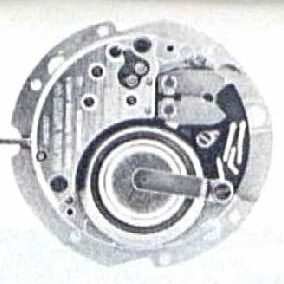 |
Brand: | Bulova | 
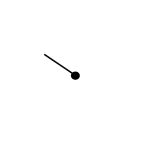
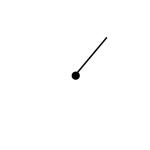
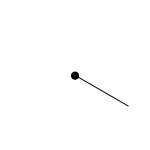


|
|---|---|---|---|
| Family: | |||
| Height: | 5.2 mm | ||
| Jewels: | |||
| Reserve: | hours | ||
| Frequency: | 440 Hz | ||
| Winding: | Battery | ||
| Diameter: | 19.4 mm (8.75 ligne) | ||
| Complications: | Date, Day | ||
| Hands: | Central Hour Hand, Central Minute Hand, Central Seconds Hand, Date Window at 3:00, Day Window at 3:00 | ||
| Distinguishing Technical Characteristics | |||||||||||
|---|---|---|---|---|---|---|---|---|---|---|---|
| Production: 1970 – 1977 | |||||||||||
| 1910s | 1920s | 1930s | 1940s | 1950s | 1960s | 1970s | 1980s | 1990s | 2000s | 2010s | 2020s |
Cal. 230 was a compact Bulova Accutron tuning fork movement. Introduced in 1970 at the Basel Fair, Cal. 230 was intended for ladies watches. It measured just 8.75 ligne (19.4 mm) diameter and was 5.2 or 4.4 mm thick. A later version measures 10.5 ligne (23.5 mm) thanks to a larger main plate, though all other components remain the same.
Accutron 230 Variants
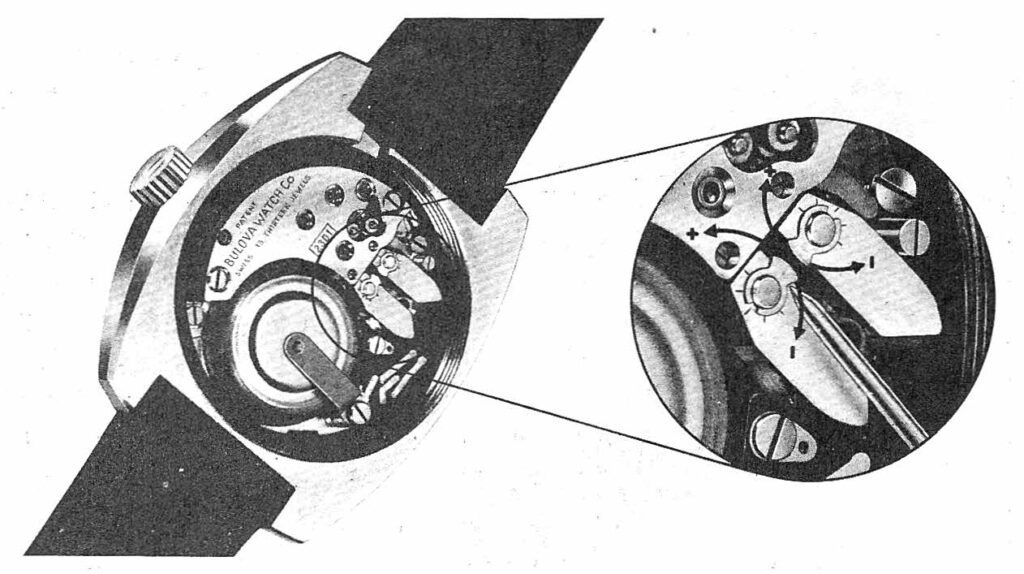
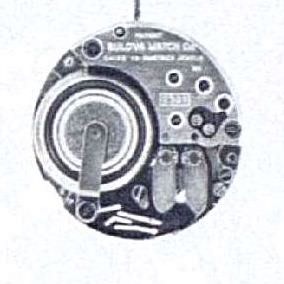
| No Date | Date | Day/Date | |
| 8.75 ligne | Cal. 2300 (no seconds) Cal. 2301 | Cal. 2302 | Cal. 2303 |
| 10.5 ligne | Cal. 2312 | Cal. 2313 |
Bulova Ladies Accutron Movements
Unlike the earlier well-known Accutron movements, which ran at 360 Hz, the ladies models operated at 440 Hz. They used a 270 tooth index wheel to turn the wheel train, though Cal. 221 lacked a seconds hand entirely.
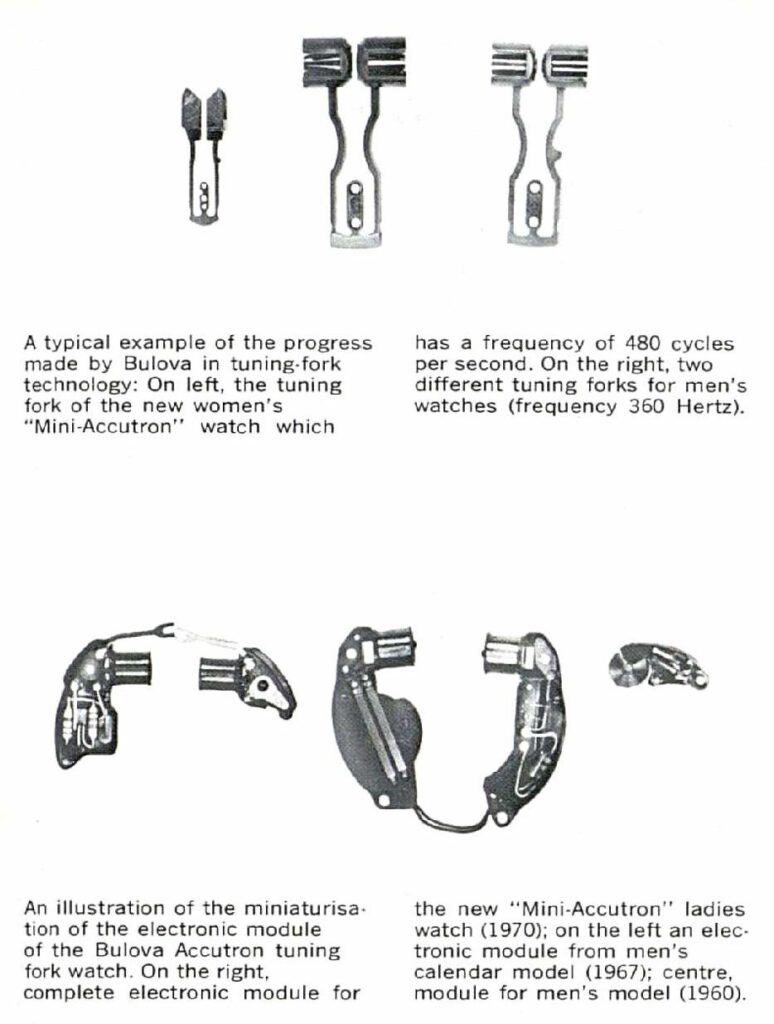
The so-called “Mini-Accutron” debuted at the Basel Fair in 1970. Cal. 230 was quite advanced, with miniaturized electronic components. The electronic coils were radically different, being placed on a disc-shaped element between the tuning fork ends rather than on “cups” around the ends. The movement measured 8.75 ligne (19.4 mm) in diameter and was 5.2 mm thick.
Cal. 230 was further enhanced in 1973 with a larger 10.5 ligne (23.50 mm) version for men’s watches. This was achieved with a larger main plate, but all of the components remain the same.
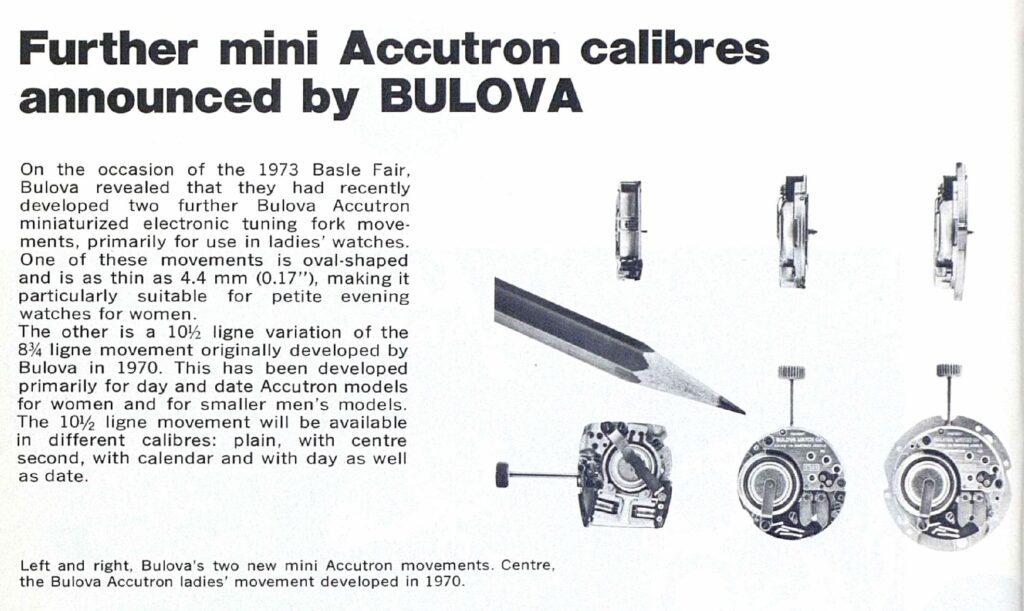
Also in 1973, Bulova added Cal. 221, the smallest tuning fork movement ever made. Measuring just 19.4 mm by 17.4 mm and 4.0 mm thick, this movement required special engineering. The tuning fork is curved to wrap around the battery, and a worm gear driving stacked reduction wheels in a tiny gearbox.
Images are taken from official publications and are used here for commentary and educational purposes. Copyright is held by the original owner as noted.